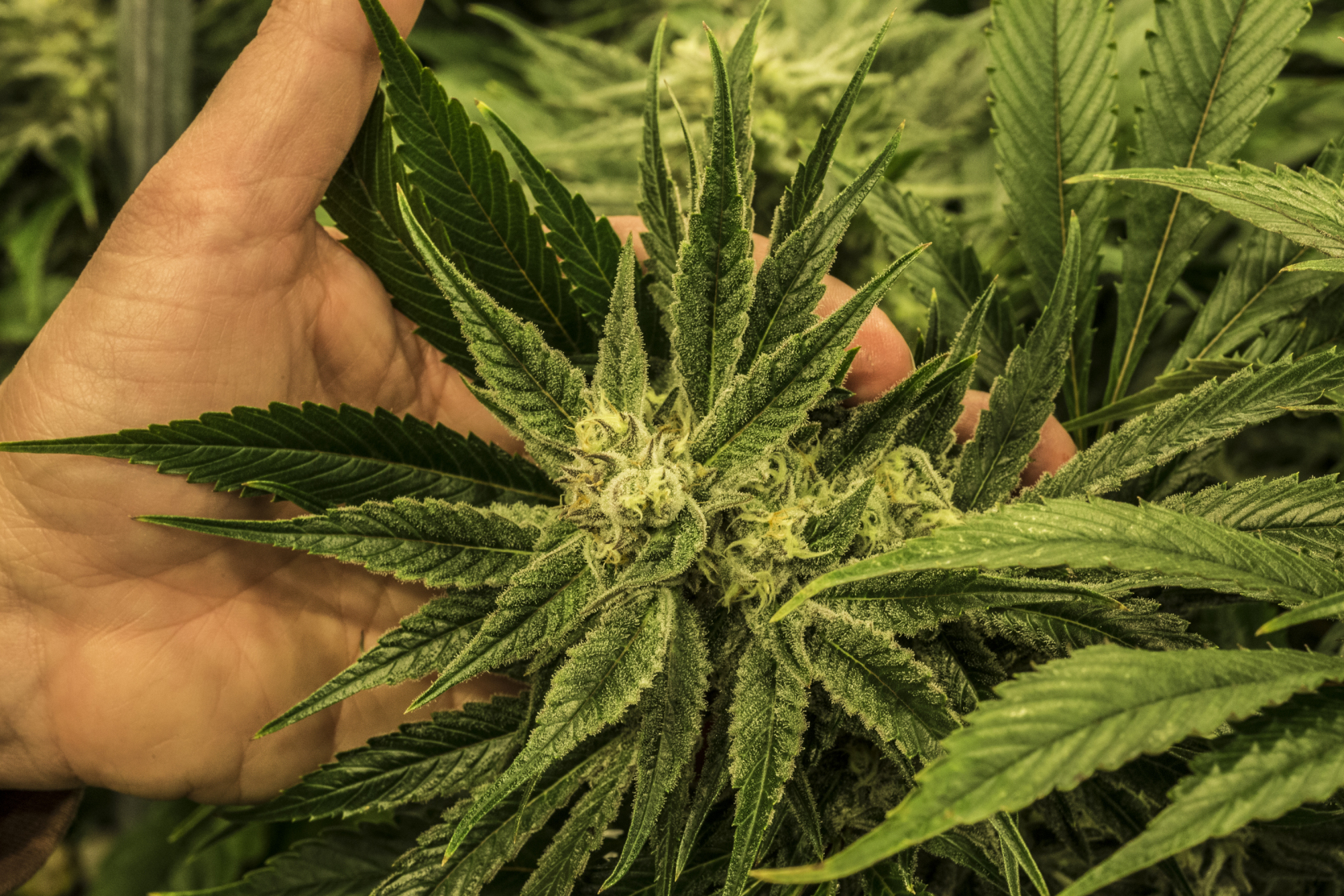Cultivating cannabis indoors gives you increased control over your growing environment. In this setting, you are able to tightly regulate water, light, nutrients, and even carbon dioxide. An indoor setting also offers your plants increased protection against pests and disease. By keeping every aspect of your cultivation space clean, you’ll stay organised and minimise the risk of pathogens and pests reducing yields or even killing your plants.
Why It’s Important To Clean Your Grow Tent Or Room
The cleaner your grow room, the lower the chances of facing pesky pests, pathogens, and mould. Increased hygiene reduces the spread of bacteria and fungal spores that can damage cannabis roots, leaves, and flowers.
Paying extra attention when introducing plants and other objects into your growing space can help to keep pests. While beneficial insects are a welcome sight, pest insects can quickly lay waste to leaves, stems, buds, and branches.
Ultimately, keeping things clean will benefit plant health and yields. Any disease, mould, or pest has the potential to throw a spanner in the works. You’ll have to spend time and effort eradicating them when they set in, and any major damage will stunt growth and possibly impact your harvest.
Best Practice: Clean Before You Grow
Starting out with a clean grow tent or room will drastically reduce the chances of pest and pathogen problems. Prevention is always superior to a cure. Before getting your grow room going again, it helps to give it a thorough clean between each growing cycle.
Of course, this becomes much more crucial if you’ve just spent weeks dealing with pests and pathogens. However, a deep clean will help to minimise any risk, even if your tent is fresh out of the box.
- Cleaning a New Grow Tent
A brief clean-up will do the job in new tents or older tents that never experienced any pests or mould issues. Simply wipe down the ceiling and walls with anti-bacterial wipes and give the floor a good sweep.
- Cleaning an Affected Grow Tent
If you experienced pathogen and pest problems during the previous growing cycle, you need to take more drastic measures before starting a new indoor crop. As opposed to a light clean, you’ll need to fully disinfect your growing space.
Spores, viruses, and bacteria are microscopic and can cling to surfaces that look squeaky clean to the naked eye. Take action now to save yourself a lot of potential trouble later on. Use the options below to start your next generation of plants on a clean slate.
– Bleach
Bleach takes no mercy when it comes to microbes. This potent alkaline solution works as an effective disinfectant capable of wiping out bacteria, fungi, and viruses. Make sure to wear gloves when applying bleach. Also, consider wearing eye protection, especially when applying overhead.
Mix 1 tablespoon of bleach into 1 gallon (~3.79 litres) of water. Give it a mix and apply it to all of your grow tent surfaces using a sponge or cloth. Allow the surface to remain wet for a couple of minutes while the bleach kills off any microbes before drying all of the surfaces with a towel.
– Hydrogen Peroxide
Hydrogen peroxide also lays waste to germs. Even at a concentration of 3%, as found in most solutions available from stores, this substance can wipe out infectious microbes. Use a cloth to wipe down all of your tent surfaces with this non-toxic disinfectant.
– Drop a Bomb
Insect bombs help to remove any traces of insects from your growing room. They are especially useful if you suffered badly from pests during your last grow. Simply remove the lid from an insect bomb to purge out any insects, mites, or other pests.
How To Maintain a Clean Grow Room
At this point, your room should look as clean as a whistle. But you’ll need to maintain a high level of cleanliness going forward. Things start to get messy, fast. Introducing soil, plants, and other objects into your grow room carries the risk of importing insects, their eggs, bacteria, and fungal spores.
- Routine Cleaning
Keep organic material such as soil and plant matter off your floor and tables. These provide good shelter for detrimental critters. We recommended a Shop-Vac when it comes to vacuuming your growing space. These devices feature a high-efficiency particulate absorbing (HEPA) filter that captures fungal spores and bacteria, preventing them from re-entering your space once sucked up.
- Integrated Pest Management
Integrated pest management (IPM) takes a sustainable approach to dealing with grazing insects. Many growers introduce companion plants, cover crops, and even beneficial insects into their grow rooms to help to deal with pests without the use of harmful chemicals.
Common examples of IPM include:
- Soapy water against aphids
- Ladybug larvae against mites
- Crimson clover cover crop against fungal diseases and parasitic nematodes
- Neem oil as a natural pesticide

